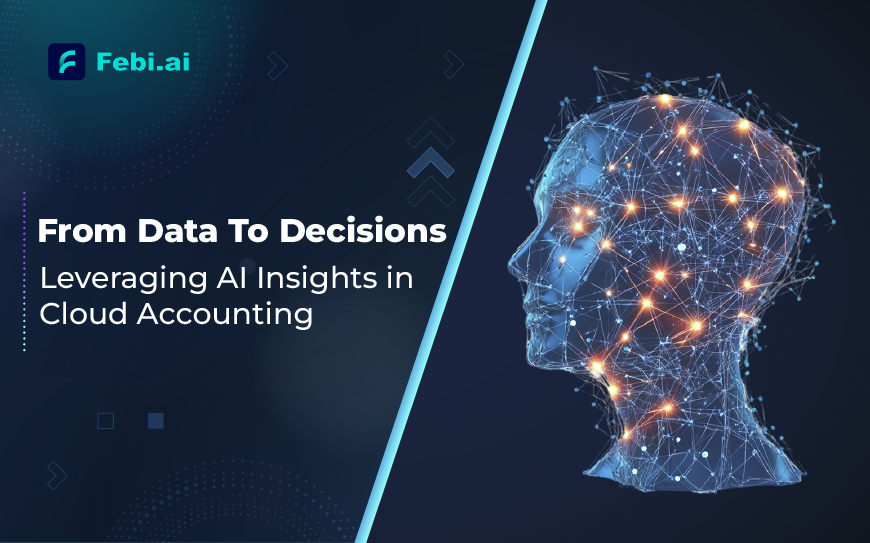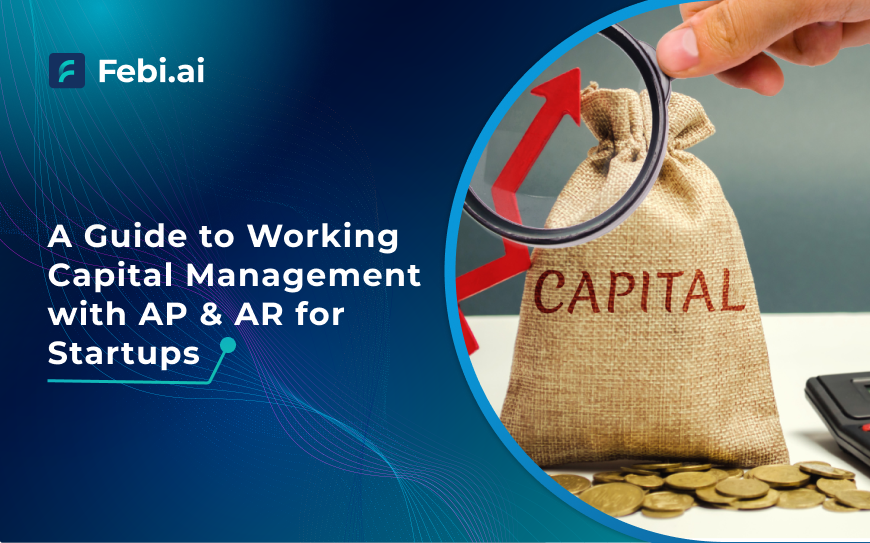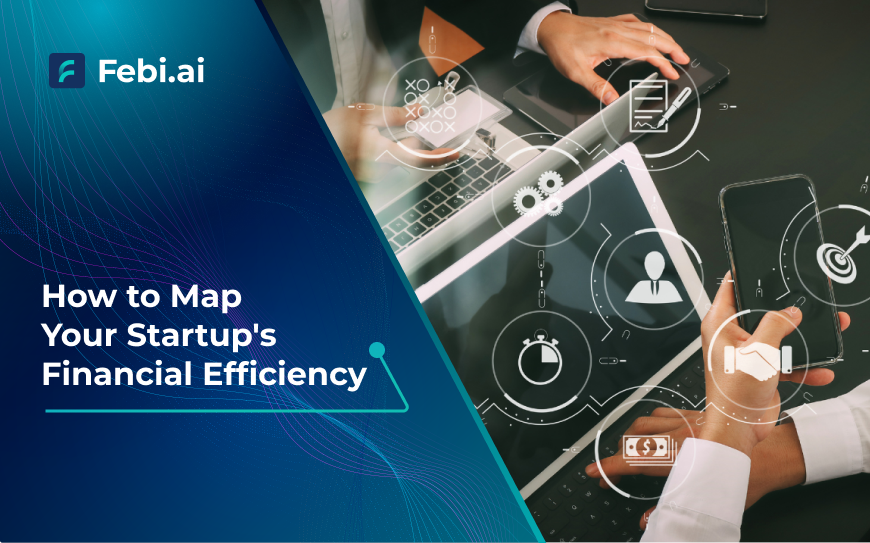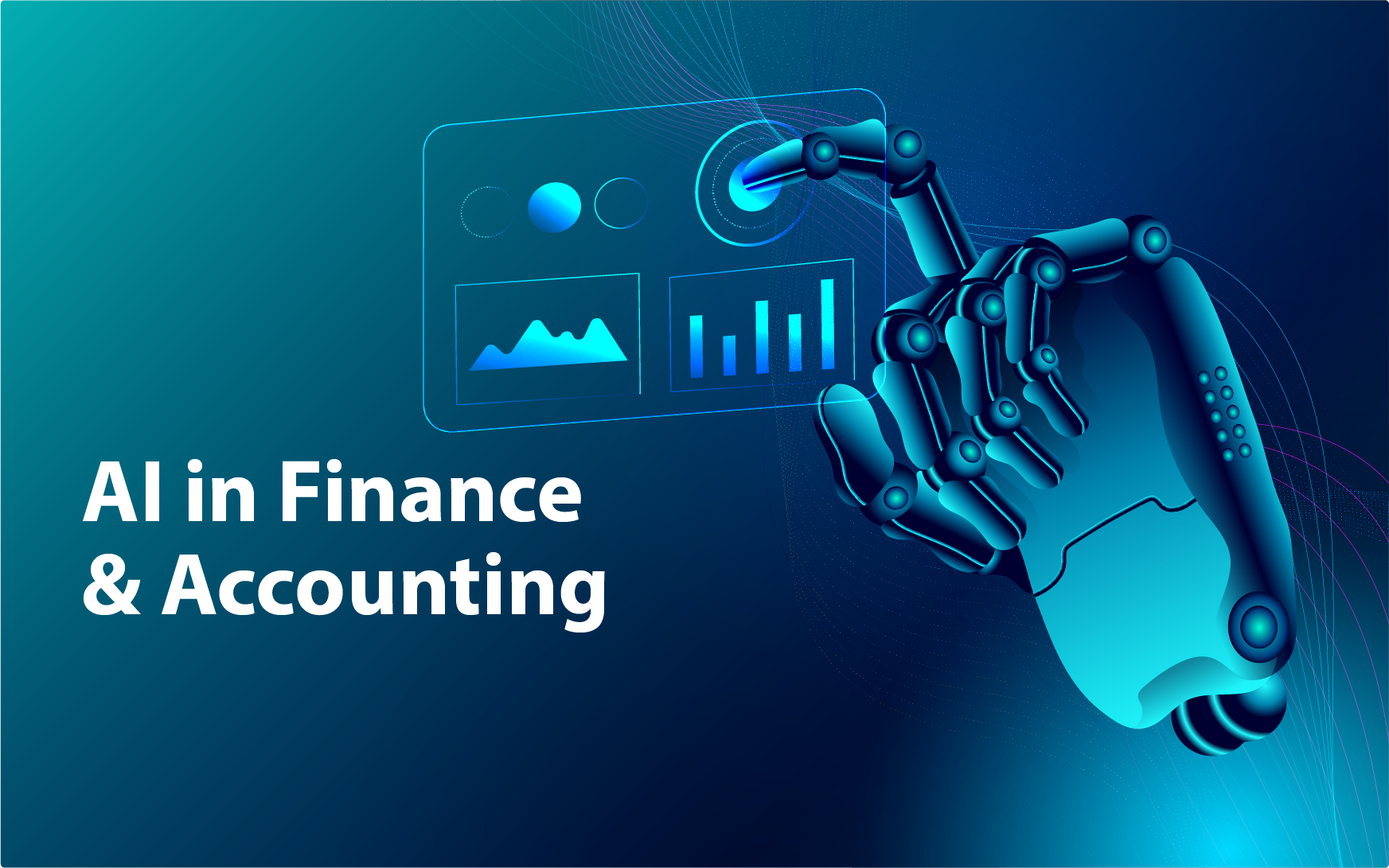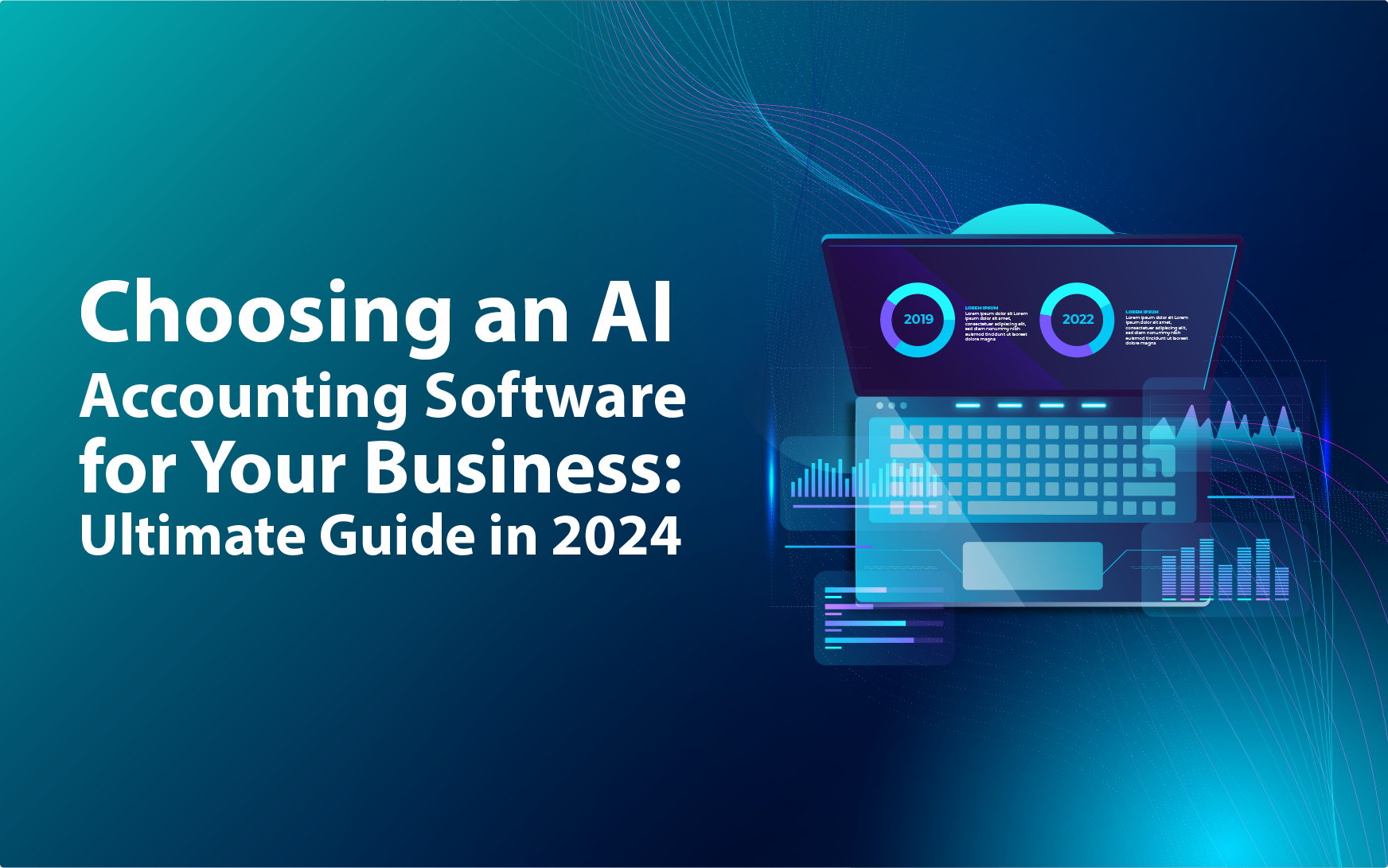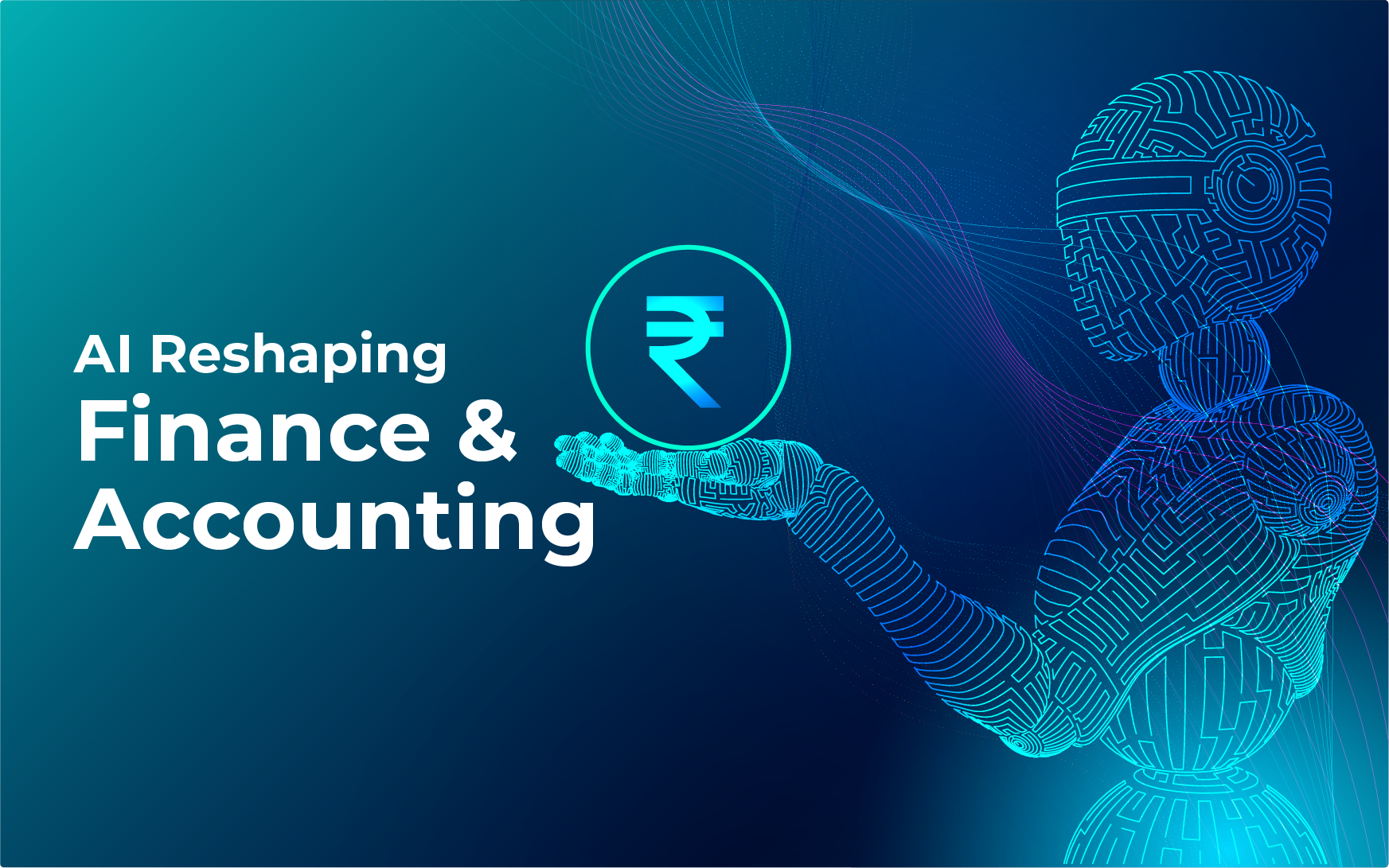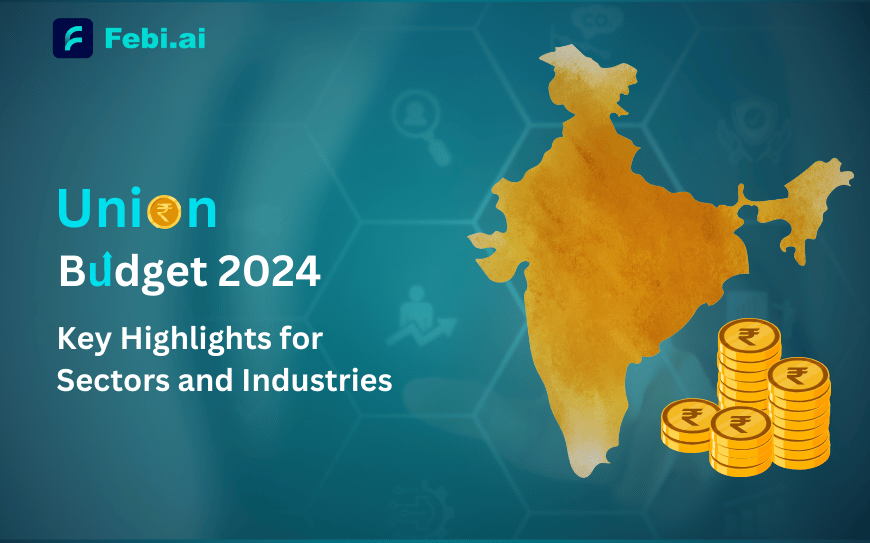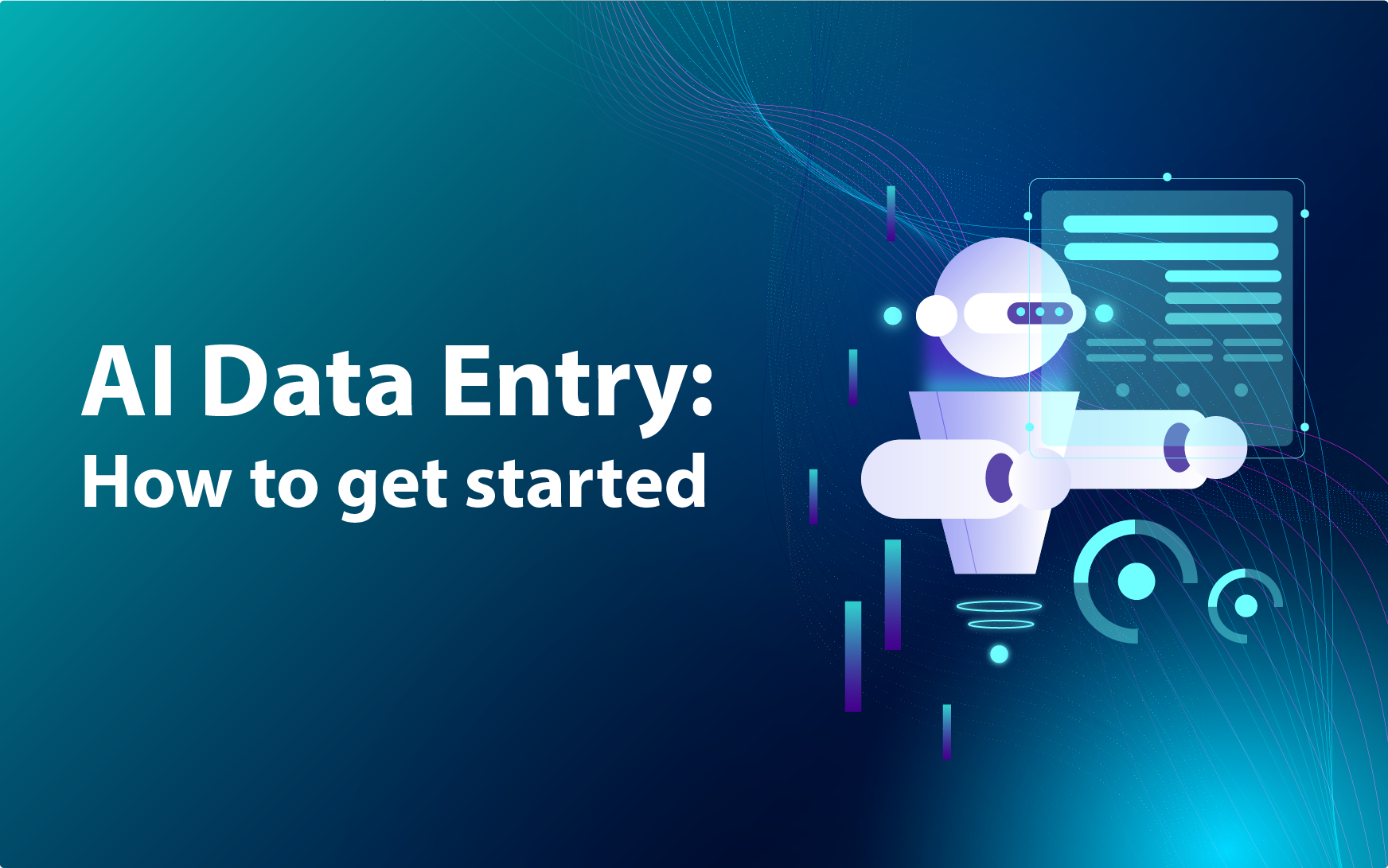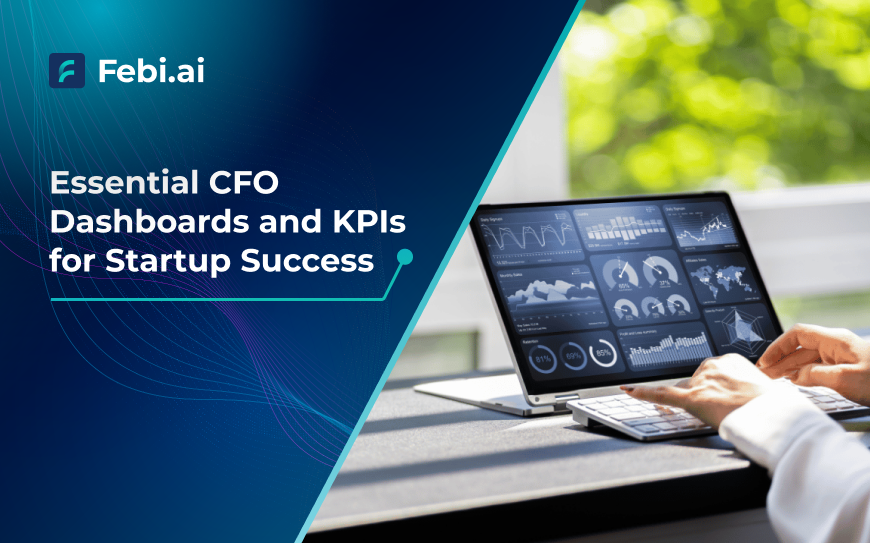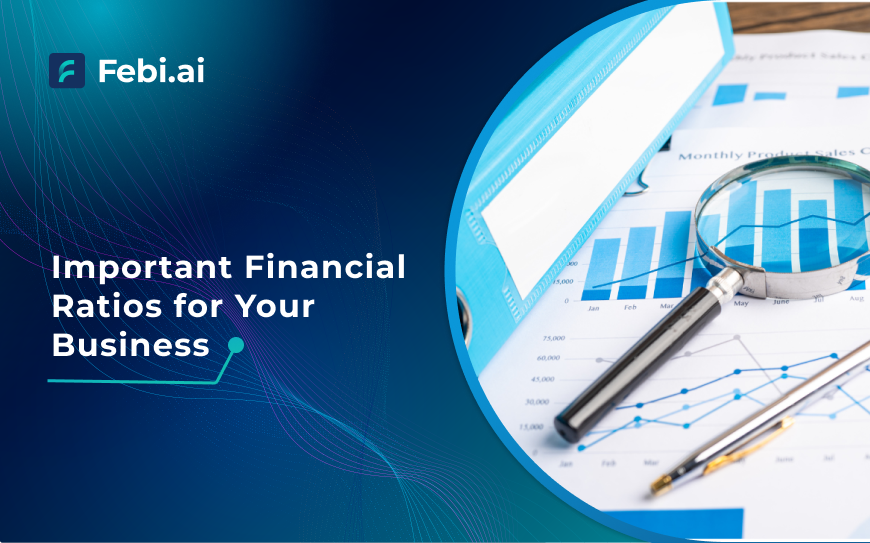Table of Contents
In recent years, getting access to a plethora of financial data and documents is not the challenge, but making sense of it and analyzing it is. As businesses can now generate large amounts of data quickly and efficiently, from sales and operational expenses to taxes and vendor payments, they need to learn to utilize this information in spreadsheets and reports to offer strategic value instead of letting it go to waste.
This is why we need an AI-driven cloud accounting system to transform this data into insightful attributes, and this can be done through the use of AI analytics, smart dashboards, and predictive forecasting, allowing the businesses to make smarter, faster, and more strategic decisions.
Hence, let’s examine how using AI insights built into cloud accounting platforms can help businesses transition from data overload to strategic clarity.
Real-time AI dashboards: converting numbers into narratives
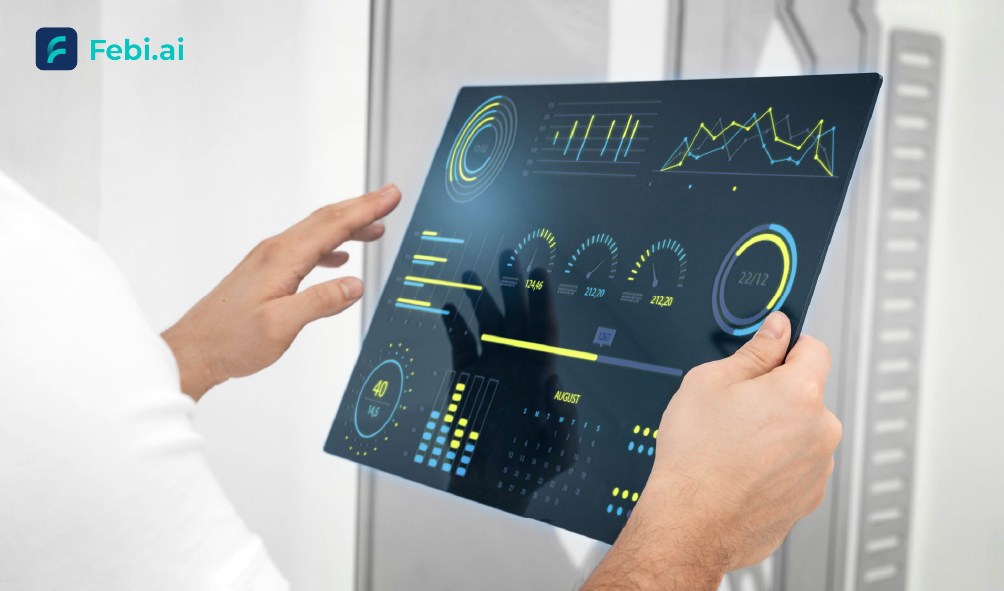
Conventional financial reports tend to be static, outdated, and challenging for non-financial people to understand. This is altered by AI-enhanced dashboards, which provide interactive, real-time visualizations customized to corporate objectives.
Why Are These Dashboards Intelligent?
- Data consolidation: Consolidates information from multiple sources, such as bank feeds, payroll, invoicing, and CRM, into a single, easily navigable view.
- Dynamic visuals: Presents data in an understandable manner using trend lines, heatmaps, charts, and KPIs.
- Contextual insights: Automatically identifies irregular spending patterns, seasonality, or anomalies without the need for manual math calculations.
- Time saving: Leaders can open a dashboard and quickly see how cash flow, revenue, expenses, or profit margins are changing in real time rather than searching through spreadsheets for trends.
Additionally, because these dashboards are cloud-based, they can be accessed from anywhere at any time, guaranteeing that leadership teams remain informed and in sync.
Forecasting with AI
Predictive forecasting is among the most revolutionary uses of AI in cloud accounting. Businesses can now use AI to confidently and precisely model future outcomes rather than relying only on past performance to inform strategy.
Forecasting using AI Can:
- Estimate inflows and outflows by using past performance, outstanding invoices, future billing, and seasonal patterns.
- Forecast revenue growth using a model that takes into account contracts, subscriptions, customer behavior, and market seasonality.
- Indicate when a company might need to raise money, cut costs, or renegotiate terms.
- Planning scenarios involve simulating “what-if” scenarios, such as what would happen to cash flow if revenue fell by 10% or payroll rose by 15%.
Businesses can now plan ahead and be more prepared instead of just reacting, thanks to the move from reactive reporting to forward-looking planning, whether it’s for expanding operations, managing downturns, or planning strategic investments.
Trend Analysis

As previously established, AI is able to recognize patterns in data. Through the examination of past data from hundreds or thousands of transactions, artificial intelligence algorithms are able to uncover significant patterns that might otherwise go overlooked.
Some of the Benefits of AI Trend Analysis are
- Spending patterns: Determine if there are unexpected cost increases, ongoing expense leaks, or growing vendor costs.
- Sales cycles: Recognize seasonal highs and lows in revenue to inform more intelligent pricing or marketing tactics.
- Customer behavior: Examine payment trends, client lifetime value, or churn risk.
- Departmental insights: Evaluate and contrast the performance of various groups, initiatives, or divisions.
This ability to be able to identify trends before they become a problem is what acts as a major competitive advantage for firms, and unlike static reports, AI is able to continuously update its insights as part of new data it collects and analyzes.
Decision Intelligence
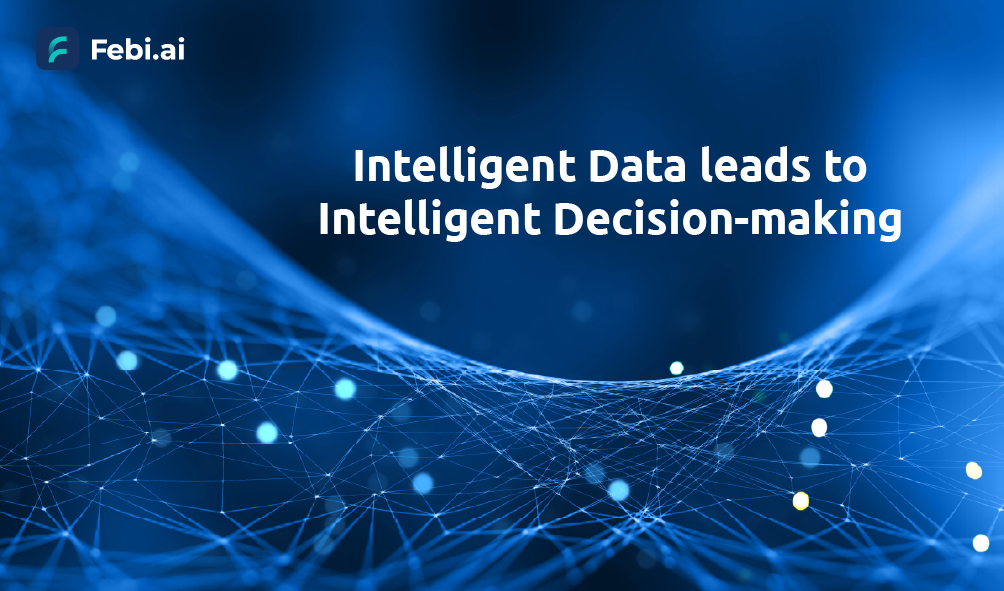
Intelligent data leads to intelligent decision-making. AI helps you decide what to do next, not just tell you what’s happening.
Ways in which it can strategically provide guidance are by providing pricing suggestions based on market trends, profitability margins, and consumer behavior. Furthermore, when cash flow is impacted by customer payment delays, credit control issues an alert. Consequently, It can also provide expense optimization advice by pointing out high vendor markups, redundant expenses, or underutilized subscriptions.
And finally, the timing of investments or hiring is determined by the financial health and anticipated cash runway. With the help of real-time data and machine learning, this “decision intelligence” layer turns accounting systems from a historical archive into a strategic decision support engine.
Cloud Accessibility
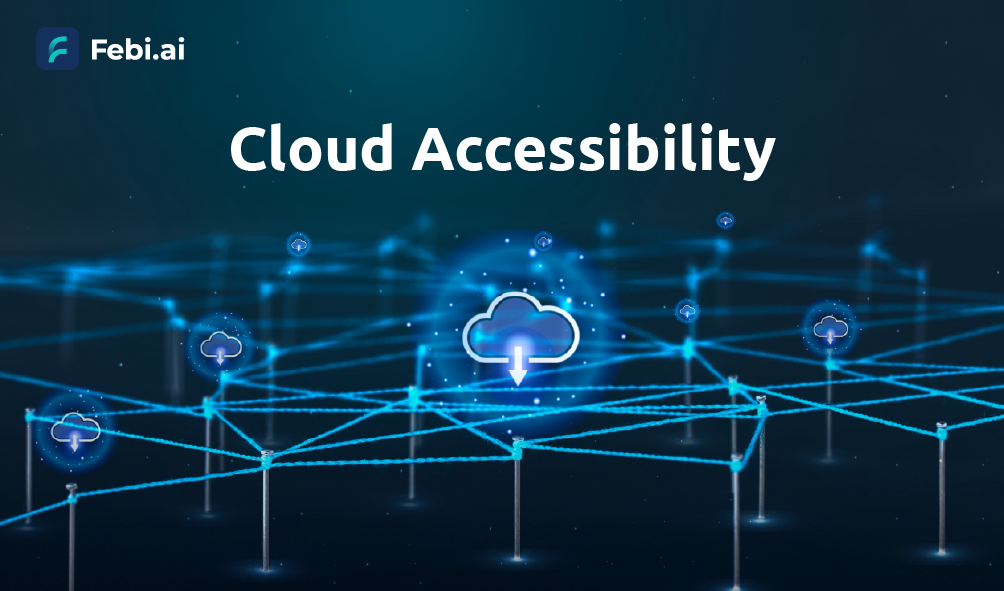
Because the cloud powers all these AI-driven insights, they are constantly current, meaning no spreadsheet needs to be manually synced or emailed; safe and in accordance with audit trails and industry-standard encryption; cooperative to enable real-time use of the same data set by advisors, accountants, founders, and CFOs.
Concurrently, Decision-making is no longer limited to finance meetings or quarterly reviews due to the democratization of financial intelligence. Business executives can make well-informed decisions every day, not just at the end of the month, with the help of live dashboards and easily accessible insights.
This allows the business to facilitate growth a lot easier since these platforms and systems allow time saving and greater efficiency altogether.
Better Insights, Faster Growth
A new level of control and clarity is made possible when AI-powered intelligence is used to replace manual reporting and guesswork. Leaders become capable of making quicker, fact-based decisions. This permits them to make early detection of threats and opportunities, allowing them to enhance resource allocation and cash flow management in advance, facilitating them to match financial performance to their operations. To put it briefly, better insights lead to better results and therefore faster growth.
Conclusion
Financial strategy is no longer primarily based on hindsight as we enter a new era. Businesses can go from merely monitoring their finances to actively directing growth by combining AI and cloud accounting.
Today’s businesses can transform from data-rich but insight-poor to data-smart and strategy-led by utilizing smart dashboards, predictive analytics, and intelligent forecasting. This is a decision transformation, not just a digital transformation!
